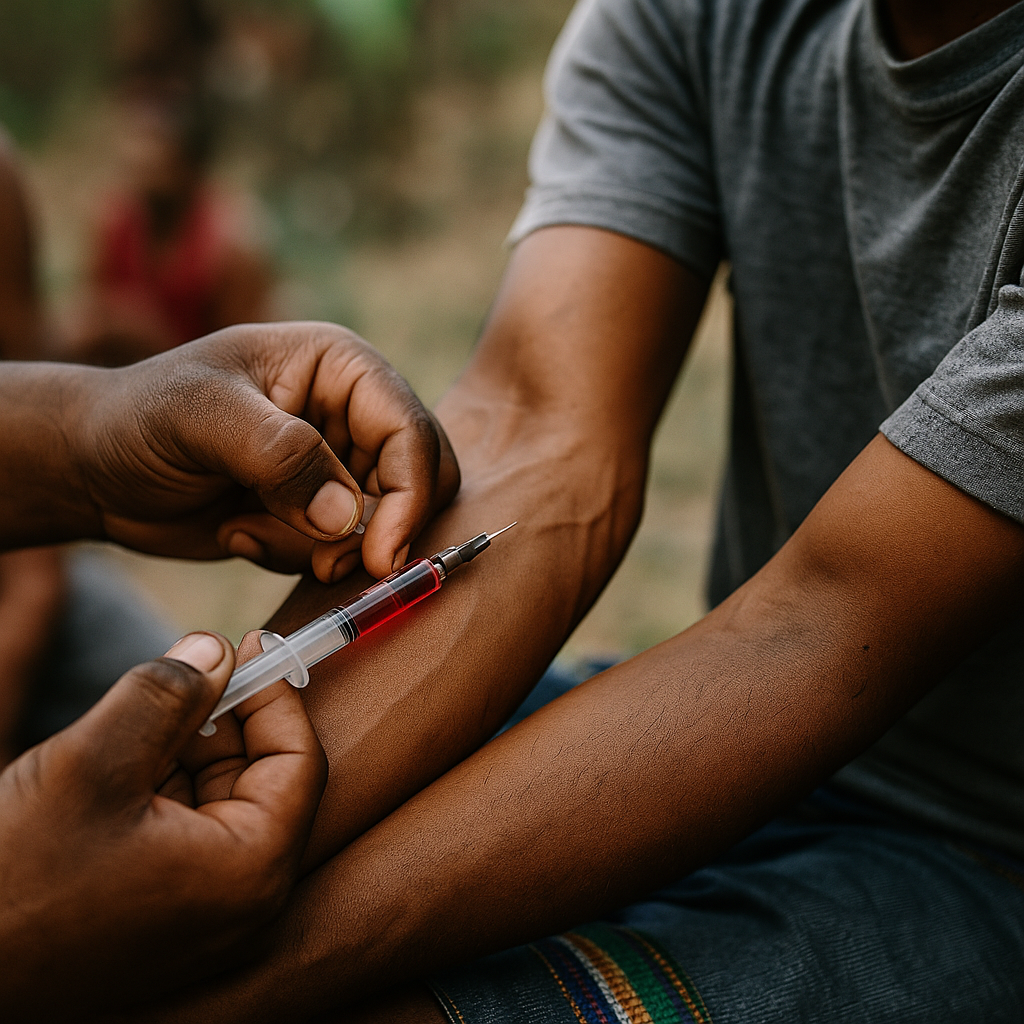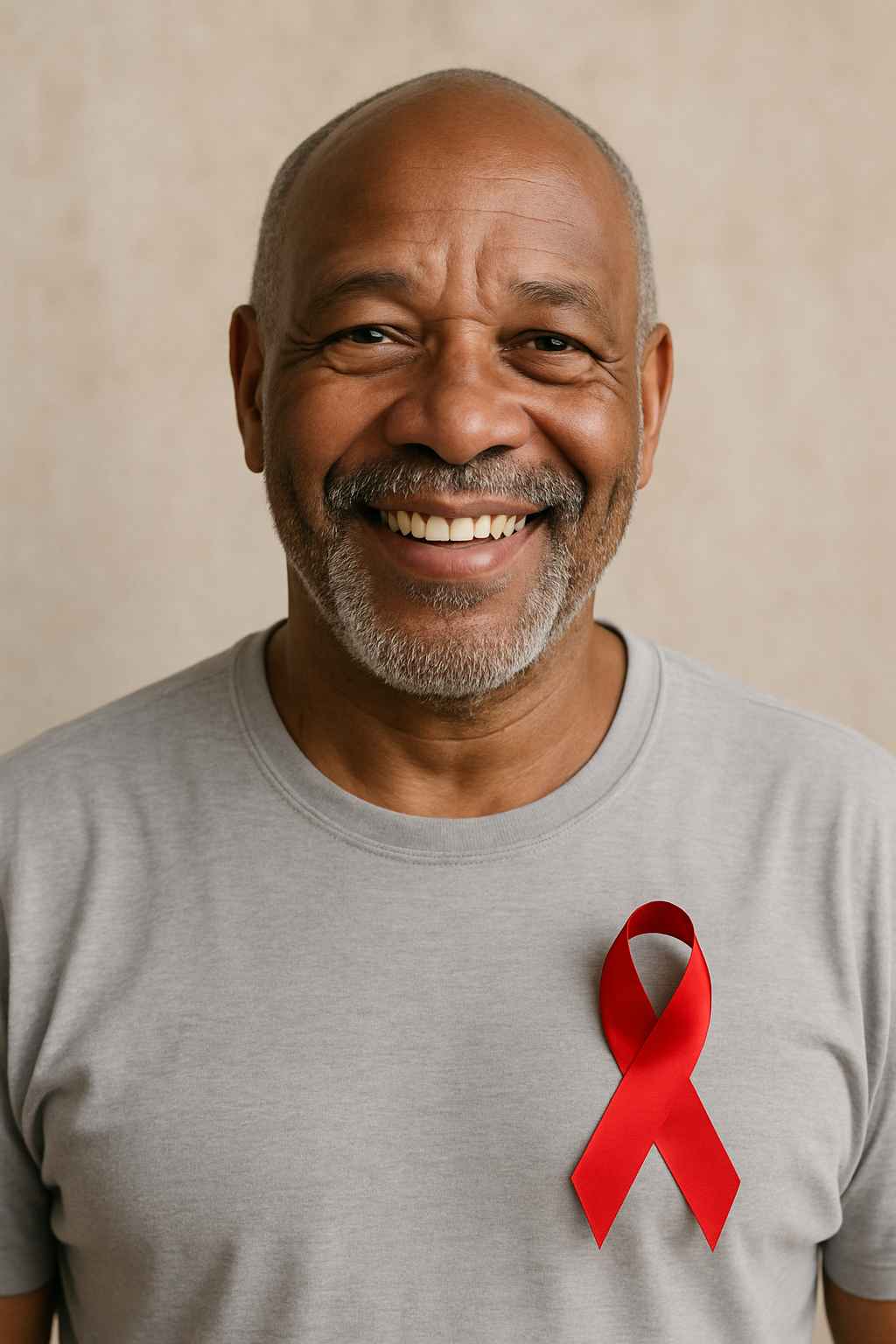
What can numbers really tell us about a disease that has shaped public health for decades? Quite a lot. When it comes to HIV statistics, trends are more than just charts—they are reflections of policy, treatment breakthroughs, societal awareness, and global collaboration. In 2025, these numbers tell a more hopeful story than they did even a decade ago, but challenges remain.
From rising awareness to declining transmission rates, HIV continues to evolve. Yet some communities are still disproportionately affected, and gaps in access to care persist. This article explores the data behind the disease: where we’ve been, where we are, and what the numbers reveal about the future.
Table of Contents
- The Global HIV Landscape: Then and Now
- Changing Demographics and Regional Disparities
- Treatment Access and Prevention Impact
- Future Outlook and Data-Driven Advocacy
- Final Thoughts
- FAQs
The Global HIV Landscape: Then and Now
In the early 1980s, HIV emerged as a mysterious and devastating epidemic. By the mid-1990s, global HIV statistics had reached alarming levels, with millions infected and little access to effective treatment. At the height of the crisis in 2004, over 1.9 million people died from AIDS-related illnesses in a single year, according to UNAIDS.
Fast-forward to 2025, and the landscape looks markedly different. Thanks to antiretroviral therapy (ART), the global death toll has dropped significantly. As of the most recent reports, approximately 39 million people worldwide are living with HIV, and more than 29 million of them are receiving treatment.
New HIV infections have also declined steadily. From over 2.5 million new cases in 2000 to approximately 1.3 million in 2023, prevention efforts are making a measurable difference. Still, this decline is not universal. Certain countries and marginalized groups continue to bear the brunt of the epidemic.
The evolution of HIV statistics shows how public health efforts, scientific advancements, and global funding (including programs like PEPFAR and the Global Fund) have saved millions of lives. However, this progress must be protected and expanded, especially in regions where care and prevention remain inconsistent.
Changing Demographics and Regional Disparities
As treatment has improved, the demographics of HIV have shifted. In the 1980s and ’90s, the virus disproportionately affected gay and bisexual men in Western countries. Today, while these groups still face elevated risk, global HIV statistics reveal that heterosexual transmission and infections among women are on the rise in some areas, particularly in sub-Saharan Africa.
According to UNAIDS, women and girls now account for nearly 50% of all HIV infections worldwide. In certain countries, young women aged 15–24 are twice as likely as their male counterparts to acquire HIV. Cultural stigma, lack of education, and limited access to contraception and healthcare all contribute to this disparity.
In the United States, African American and Hispanic communities continue to experience higher rates of infection. Despite making up only 13% of the U.S. population, Black Americans account for over 40% of new HIV diagnoses. Similarly, transgender women and people who inject drugs remain high-risk groups due to social and structural barriers.
Although the overall trajectory is positive, these disparities underscore the need for targeted interventions. Resources should be directed not just at the general population but at those statistically most vulnerable.
For personal stories and insights from people affected by HIV, visit Health.HealingWell.com, where users share firsthand experiences and coping strategies.
Treatment Access and Prevention Impact
Perhaps the most profound shift in HIV statistics has come from expanded treatment access. Before 1996, ART was either unavailable or unaffordable to most of the world. Today, WHO reports that 75% of people living with HIV are on ART—a milestone that has transformed survival rates.
These treatments don’t just keep people alive; they also reduce the risk of transmission to near-zero levels when the virus is undetectable. The Undetectable = Untransmittable (U=U) campaign has changed how we understand and manage risk.
In addition, preventive tools like pre-exposure prophylaxis (PrEP) have become more accessible. Medications such as Truvada and Descovy offer over 99% protection when taken consistently. Long-acting injectable PrEP formulations, like Apretude, have improved adherence for individuals unable to maintain daily pill routines.
Post-exposure prophylaxis (PEP), routine testing, and safe sex education continue to play pivotal roles in reducing new infections. Yet these tools are not evenly distributed. Low-income countries often struggle with supply chain issues, high drug prices, and overburdened healthcare systems.
To learn more about how patients can connect with specialists or HIV resources, visit Healthcare.pro.
Future Outlook and Data-Driven Advocacy
While progress is undeniable, the fight is far from over. HIV statistics must continue to guide both local and global responses. Data helps identify emerging trends, allocate resources, and advocate for underserved populations.
In recent years, innovations in digital health have allowed better real-time data collection. Governments and NGOs are using apps and mobile testing units to reach people in remote and underserved areas. In addition, advancements in artificial intelligence and machine learning are helping researchers predict outbreak patterns and evaluate policy impact.
Gene editing and vaccine research are also advancing. Trials exploring CRISPR technology and therapeutic vaccines have shown promise, though a functional cure remains elusive.
Meanwhile, stigma remains one of the most persistent barriers. Even in developed nations, people living with HIV often face discrimination in healthcare, employment, and personal relationships. Tackling stigma through education and policy is essential if we hope to truly end the epidemic.
Advocates must use HIV statistics not just as a record of what’s happened—but as a roadmap for what must happen next.
Final Thoughts
The evolution of HIV statistics tells a story of both triumph and unfinished business. Fewer people are dying, more are getting treated, and the virus is no longer a guaranteed death sentence. But disparities still persist. Some regions and communities remain at high risk due to systemic inequalities and underfunded health systems.
By leveraging data, improving access, and continuing to educate the public, we can build on past success. The numbers don’t just represent lives—they shape policies, funding, and hope.
Stay informed. Stay vigilant. And above all, stay compassionate as we move toward a future free of new HIV transmissions.
FAQs
How many people are currently living with HIV?
As of 2023, approximately 39 million people globally are living with HIV, according to UNAIDS.
Have HIV infection rates decreased over time?
Yes. New infections have declined from a peak of 2.5 million in 2000 to about 1.3 million in 2023.
Who is most at risk of contracting HIV today?
Key populations include men who have sex with men, transgender women, people who inject drugs, and women in sub-Saharan Africa.
Is HIV treatment now widely available?
Over 75% of people living with HIV globally have access to antiretroviral therapy, though access varies by region.
Where can I find support if I or someone I know has HIV?
Resources like Health.HealingWell.com offer community support and forums for those affected by HIV.
Disclaimer:
This content is not medical advice. For any health issues, always consult a healthcare professional. In an emergency, call 911 or your local emergency services.



